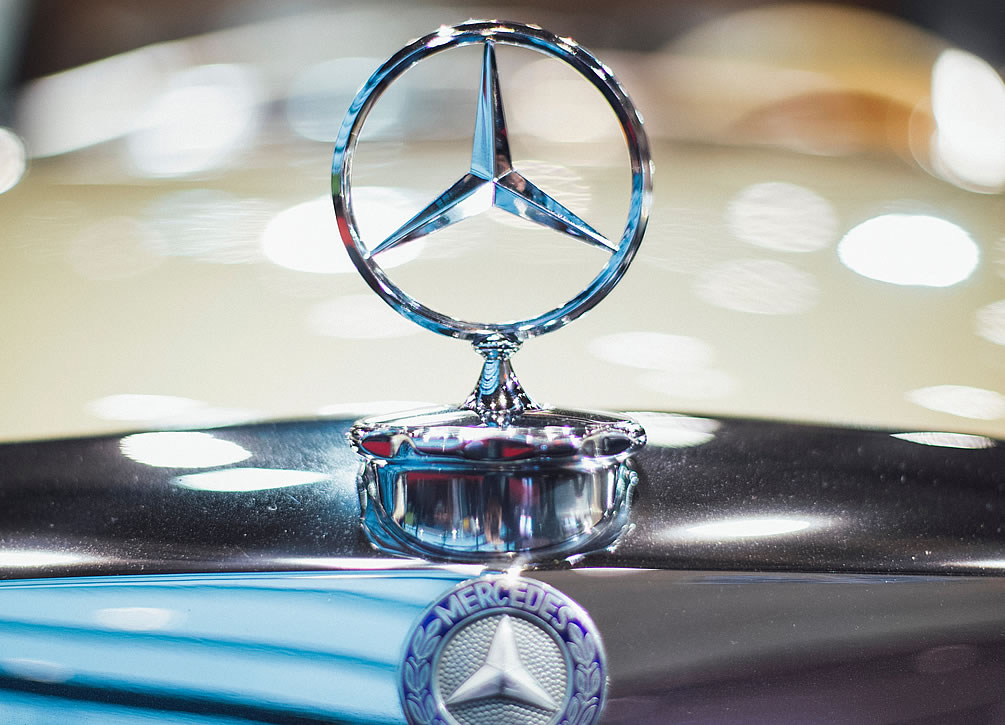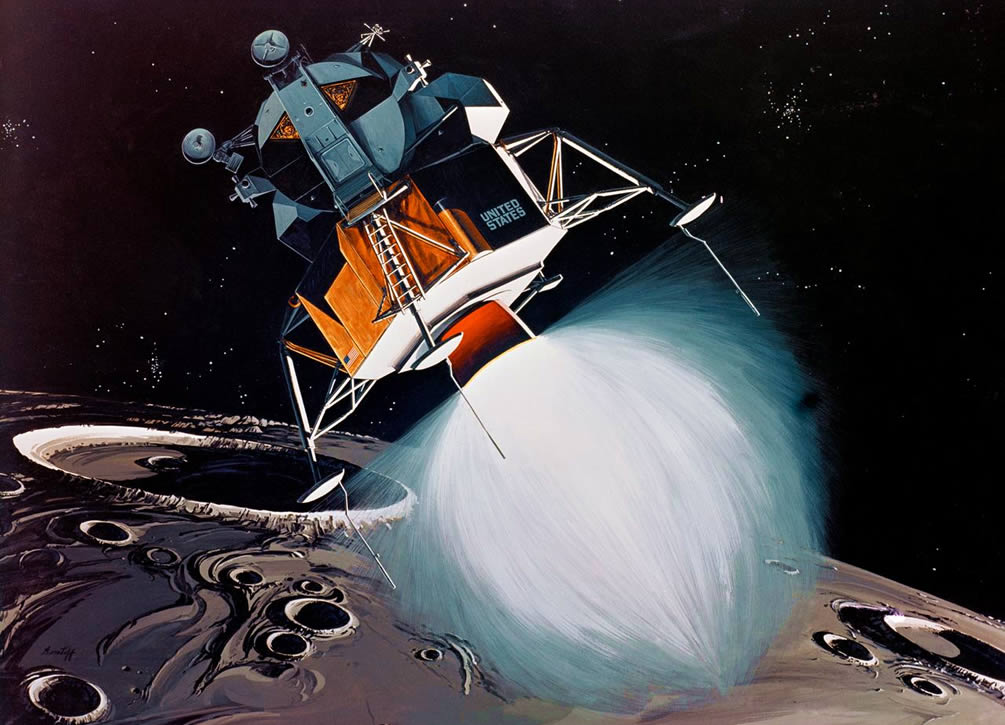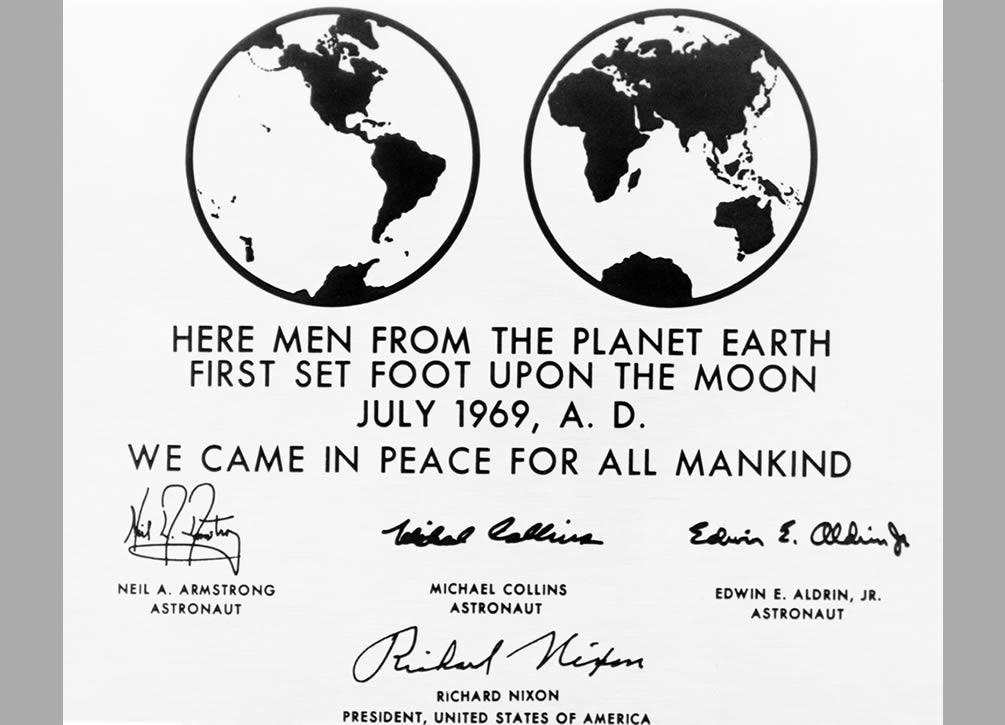Autos mit dem dreispitzigen Stern – eines der bekanntesten Markensymbole der Welt – sind heute auf der ganzen Welt zu finden. Daimler-Benz mit Sitz in Stuttgart-Unterturkheim baut seit 1926 Automobile mit dem Namen Mercedes-Benz. Das Motto des Unternehmens lautet “Das Beste oder nichts”.
Wie hat das Mercedes-Automobile seinen Namen bekommen? Wer, eigentlich, war Mercedes?
Der österreichische Diplomat, Geschäftsmann und Autorennfahrer Emil Jellinek kaufte und modifizierte Autos die von Daimler (Daimler-Motoren-Gesellschaft) gebaut wurden um den Beginn des 20. Jahrhunderts. Jellinek arbeitete mit Wilhelm Maybach, dem Chefingenieur von Daimler zusammen um überlegene Automobile herzustellen (zu bauen).
Der Name Mercedes wurde erstmals im Jahr 1900 verwendet, als Jelenick einen modifizierten Daimler-Wagen nach seiner Tochter Mercedes benannte. Die Daimler- und Benz-Gesellschaften wurden 1926 zur Daimler-Benz zusammengelegt. Das erste Serienauto mit dem Namen „Mercedes-Benz“ wurde 1926 von der neuen Firma Daimler-Benz hergestellt.
So wurde eine der großen Automarken der Welt nach einer Frau benannt.
▸ Photo: Markus Spiske on Unsplash


